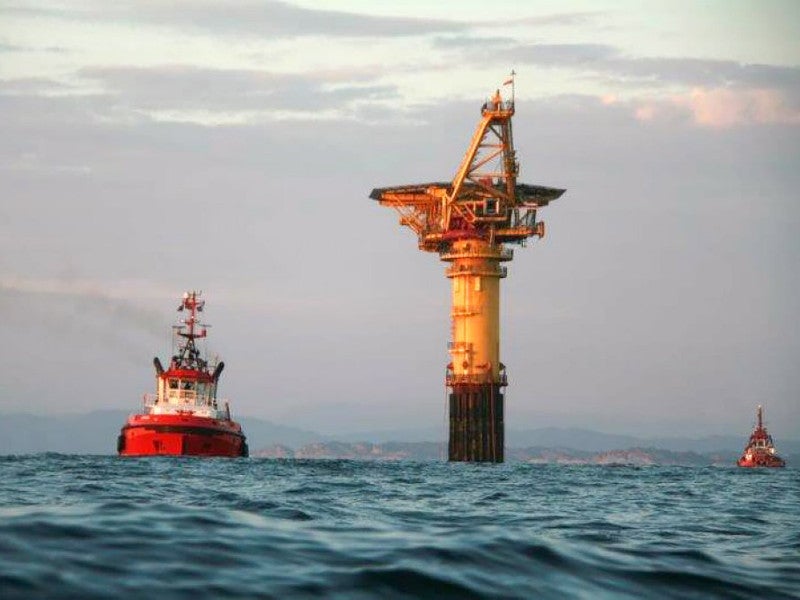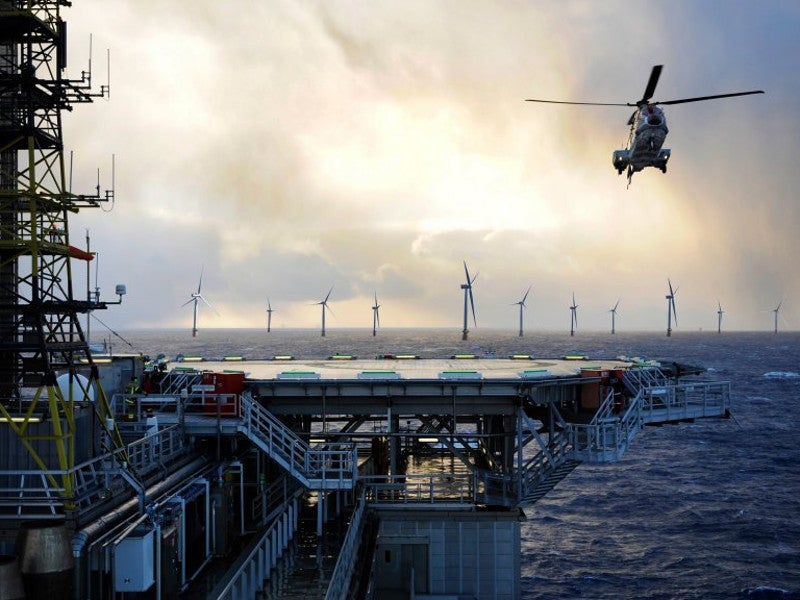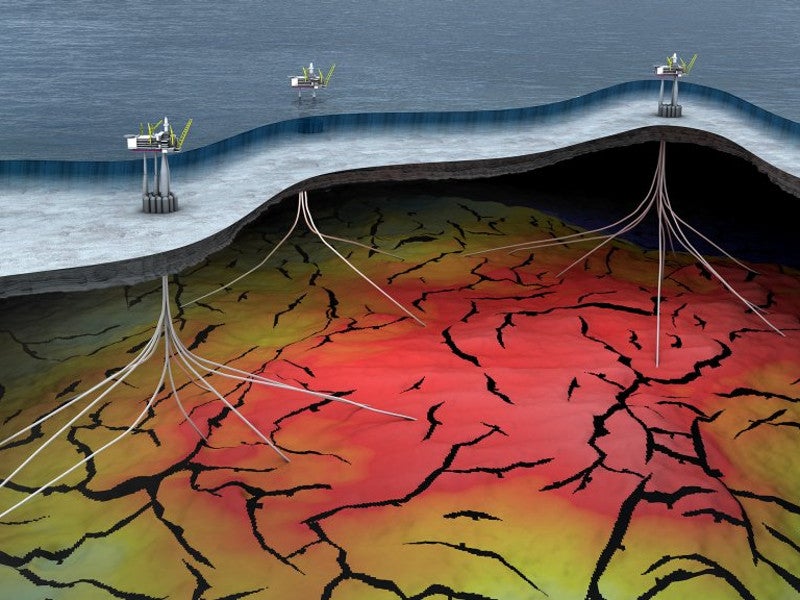Located in the Tampen area in the northern part of the Norwegian North Sea, Gullfaks is the first oil field to be developed and operated by Equinor (formerly Statoil).
Equinor holds 51% stake in the offshore field, while the other licensees are Petoro (30%) and OMV (19%).
The Gullfaks field has witnessed massive upgrades and tie-backs with multiple satellite fields, since it produced it first oil in December 1986. It produced approximately 2.6 billion barrels of oil during the initial 30 years of operations.
In March 2019, Equinor and the partners received approval from the Norwegian Petroleum Directorate (NPD) to extend the production life of Gullfaks until 2036.
Gullfaks oil field location, discovery, and development background
The Gullfaks field is located in block 34/10 of the Norwegian Continental Shelf (NCS), which was Norway’s first-ever offshore license to be awarded to a domestic consortium comprising Statoil (now Equinor), Norsk Hydro, and Saga Petroleum in 1978.
Discovered in 1978, the Gullfaks field is located in a water depth ranging between 130m and 220m.
NPD approved the plan for development and operation (PDO) of Gullfaks phase one in 1981, followed by the approval of the PDO for Gullfaks phase two in 1985.
The offshore field was developed with three production platforms commissioned between 1986 and 1989.
Reservoir details
The Gullfaks field comprises Jurassic and Triassic sandstone reservoirs of Statfjord Group, Cook, Lunde, Shetland Group, and Lista formations.
The field reservoirs lie at a depth of 1,700m-2,000m beneath the seabed.
Gullfaks satellite fields
Gullfaks South, Gullveig, Rimfaks, Gimle, and Skinfaks are the major satellite fields to the Gullfaks offshore field.
The Gullfaks South field, located in blocks 34/10 and 33/12, was developed with subsea production installations in two phases. Phase one commenced production in March 1996, while phase two came on-stream in October 2001.
The Gullveig field, also located in block 34/10, was developed with a subsea template installation approximately 11km west of the Gullfaks. It has been in production since October 1998.
The Rimfaks satellite field tied-back to the Gullfaks field has been in production since February 1999, while the Gimle field, which was developed through a subsea tie-back to the Gullfaks field, commenced production in May 2006.
The Skinfaks field, developed through a subsea tied-back to Gullfaks South, commenced production in January 2007.
The oil produced from the Tordis, Vigdis, and Visund oil fields is also routed through the Gullfaks field for processing, storage, and export. The Tordis field has been producing since 1994, while Vigdis and Visund came on-stream in 1997 and 1999, respectively.
Infrastructure facilities
The Gullfaks field operations are carried out on three integrated processing, drilling, and accommodation platforms namely, Gullfaks A, B, and C.
The three concrete platforms were commissioned in December 1986, February 1988, and November 1989, respectively.
Gullfaks B houses a simplified processing facility for preliminary oil and gas separation. Oil and gas from the Gullfaks B facility are sent to the Gullfaks A and C platforms for processing, storage, and export.
The Gullfaks A platform handles the production of Gullfaks South, Gullveig, Rimfaks, Vigdis, and Visund oil fields, while the Gullfaks C platform processes the production from Gullfaks South phase two, Gimle, and the Tordis field.
The Gullfaks platforms, which are currently dependent on gas-based power, are expected to be powered by the Hywind Tampen floating wind farm by 2022.
Oil and gas transport from Gullfaks
The oil produced at the field is directly loaded into shuttle tankers, while the associated gas is sent through the Statpipe pipeline to the Karsto gas treatment plant located 30km north of Stavanger, Norway, for final processing and export to Europe.
Recent developments at the Gullfaks field
Horizontal and extended-reach wells, as well as water alternating gas (WAG) injection techniques are being adopted to improve oil recovery from the Gullfaks reservoirs.
Most of the recent investments for the Gullfaks field are focused on the development of Shetland/Lista deposit.
Equinor and partners received approval for the Shetland/Lista phase one development in 2015 and had invested more than £84m ($109m) on drilling new wells on these formations between 2013 and 2018.
The Shetland/Lista phase one development produced more than six million barrels of oil as of 2018. A total of 12 water injection and production wells were drilled in 2018.
The PDO for Shetland/Lista phase two development was submitted to the Norwegian authorities in January 2019. In the same month, Equinor and partners announced a £209m ($270m) investment plan to recover 17 million barrels of oil from the Shetland/Lista formations by drilling seven horizontal wells from the existing drilling facilities on Gullfaks.
Contractors involved
Schlumberger Norge was awarded the integrated drilling and well services contract for the Gullfaks oil field in June 2018.





